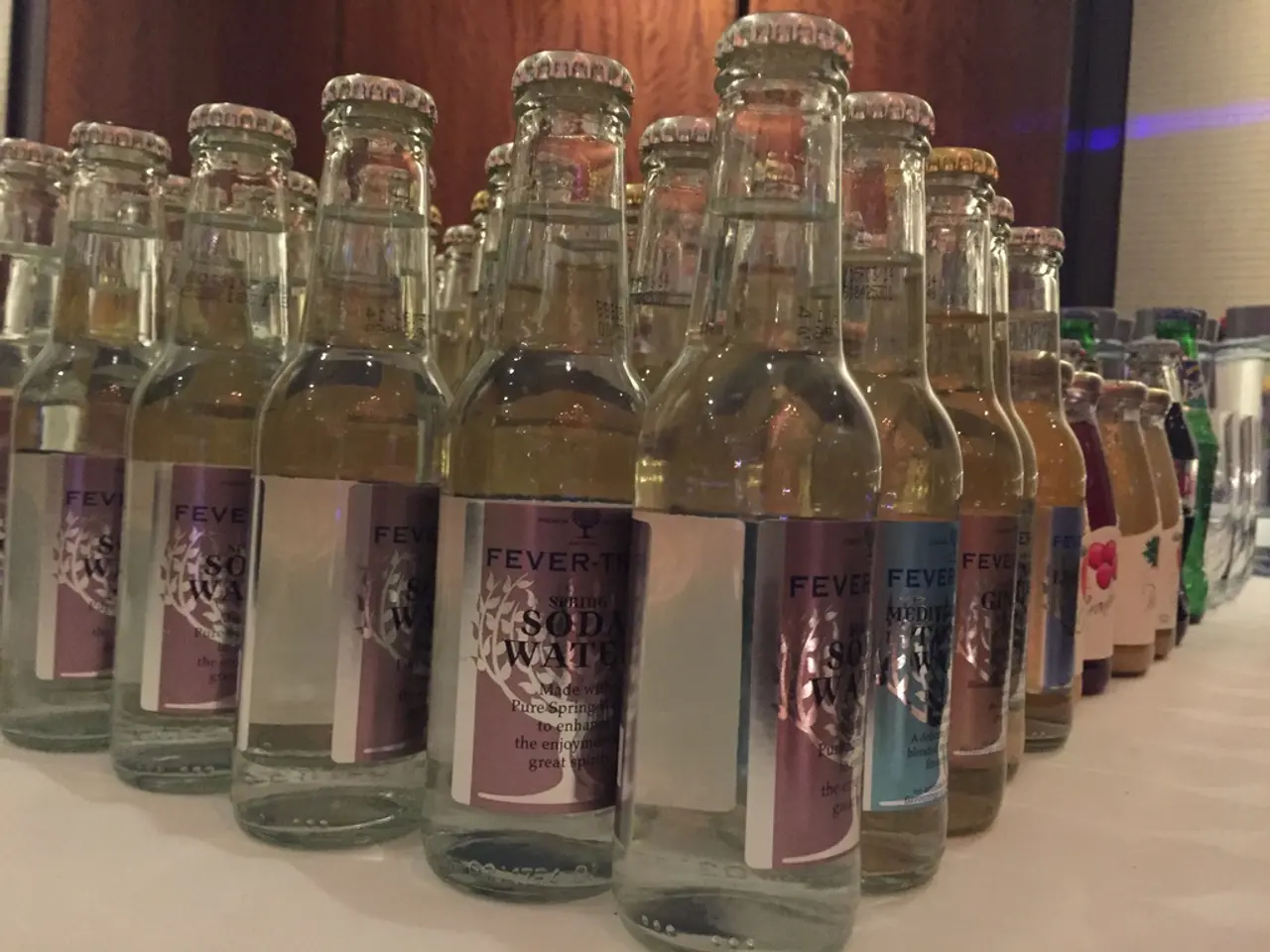Simple Homemade Plant Nutrients - 5 Potent Remedies to Prepare
Discover the benefits of homemade liquid fertilizers, a cost-effective and eco-friendly way to provide essential nutrients for your plants. These natural concoctions offer a second life to yard and kitchen waste, contributing to a greener and more sustainable gardening practice.
Primary Nutrients for Growing Plants
Plants require three primary nutrients for growth: nitrogen (N), phosphorus (P), and potassium (K). Nitrogen promotes leaf growth, phosphorus aids in root development, and potassium contributes to overall plant health and flowering.
DIY Liquid Fertilizer Recipes
1. Plant Material Fertilizer (Compost or Weeds Tea)
To create this general-purpose fertilizer, place fresh or dried plant material (garden plants, weeds) in a container, cover with water if dried, seal, and let it decompose until a dark liquid forms (a few days to weeks). Strain and dilute before use. This method provides nitrogen, phosphorus, potassium, and micronutrients, depending on the plant material used.
2. Compost Tea
Soak mature compost in water, stir occasionally, then strain solids. Use as a soil drench or foliar spray. Compost tea offers a balanced set of nutrients, including nitrogen for growth, phosphorus for root development, potassium for overall health, and beneficial microbes.
3. Worm Casting Tea
Brewed using worm castings, this tea is highly nutrient-dense, rich in nitrogen, phosphorus, potassium, and beneficial bacteria that improve soil health.
4. Banana Peel Fertilizer Tea
Place banana peels in a jar filled with water, keep submerged, and let sit for 48 hours. Discard peels and use the liquid to water plants. This fertilizer is high in potassium, promoting flowering and fruiting, and also provides phosphorus and calcium.
5. Potato Water Fertilizer
Use water left from boiling unsalted potatoes once cooled to water plants. This fertilizer provides starch-based carbohydrates that stimulate microbial activity in soil and offer energy nutrients to plants.
6. Yeast and Sugar Fertilizer
Dissolve 1 tablespoon dry yeast and 1 tablespoon sugar in 1 liter of warm water, let ferment for 2 hours, then apply to plants. This fertilizer introduces beneficial microbes that help make soil nutrients more available, and sugar feeds the microbes, boosting their activity for better nutrient uptake.
Summary of Key Nutrients in Homemade Liquid Fertilizers
| Recipe | Primary Nutrients | Benefits | |------------------------|-------------------------------------|---------------------------------------| | Plant material tea | N, P, K, micronutrients | General growth and soil nutrient boost| | Compost tea | N, P, K + beneficial microbes | Soil enrichment and disease resistance | | Worm casting tea | High N, P, K + microbes | Intensive nutrient boost and healthy soil life| | Banana peel tea | Potassium, Phosphorus, Calcium | Flower and fruit development | | Potato water | Starches (energy source) | Stimulates soil microbes | | Yeast and sugar tea | Microbial activity enhancers | Nutrient availability and root growth |
These homemade liquid fertilizers are a natural, cost-effective, and environmentally friendly way to provide essential nutrients to your plants. Always dilute concentrated liquids before applying to avoid damaging plants.
Special Considerations
- Manure tea should be applied every week or two, but be cautious as too much nitrogen can promote leaf growth over flowers.
- Disposing of or composting the weeds is recommended after straining.
- Making compost tea involves using well-decomposed compost matter and water, which should be left to sit for one to two weeks.
- Manure, weeds, grass clippings, comfrey, stinging nettle are sources of nitrogen for homemade liquid fertilizers.
- The banana peel tonic can also be composted to enrich homemade compost.
- Liquid fertilizers are beneficial for new seedlings, container plants, and bedding plants.
- Using manure tea should be done with caution, as too much nitrogen can promote leaf growth over flowers.
- The eggshell tonic provides calcium, a micronutrient that benefits many plants and can be used in the vegetable garden to promote healthy growth and prevent blossom end rot.
- Covering a bucket of weeds with mesh prevents mosquitoes from laying eggs.
- Letting a bucket of weeds sit for a few days to a couple of weeks allows the nutrients to brew.
- Straining the compost tea mixture creates a liquid fertilizer for immediate use or storage.
- The liquid from making hardboiled eggs can also be used as a calcium fertilizer, as long as it is not salted. To make calcium fertilizer, boil 10 to 12 empty and clean eggshells in a gallon of water, then let it sit for 24 hours or longer before straining.
- Liquid fertilizers are easier to apply, act more quickly, and can be applied more uniformly than granular products.
- Banana peels, dandelions, stinging nettles, comfrey, borage, alliums, horsetail, chicory are sources of potassium for homemade liquid fertilizers.
- A banana peel tonic boosts flowering and fruit production on plants like tomatoes, peppers, and squash.
Embrace the art of homemade liquid fertilizers and watch your garden thrive with these natural, cost-effective, and eco-friendly solutions!
Incorporating these homemade liquid fertilizers into your garden's lifestyle contributes to a cost-effective and sustainable home-and-garden practice. Alongside gardening efforts, these natural concoctions provide essential nutrients for plants, aiding in their growth and development.




